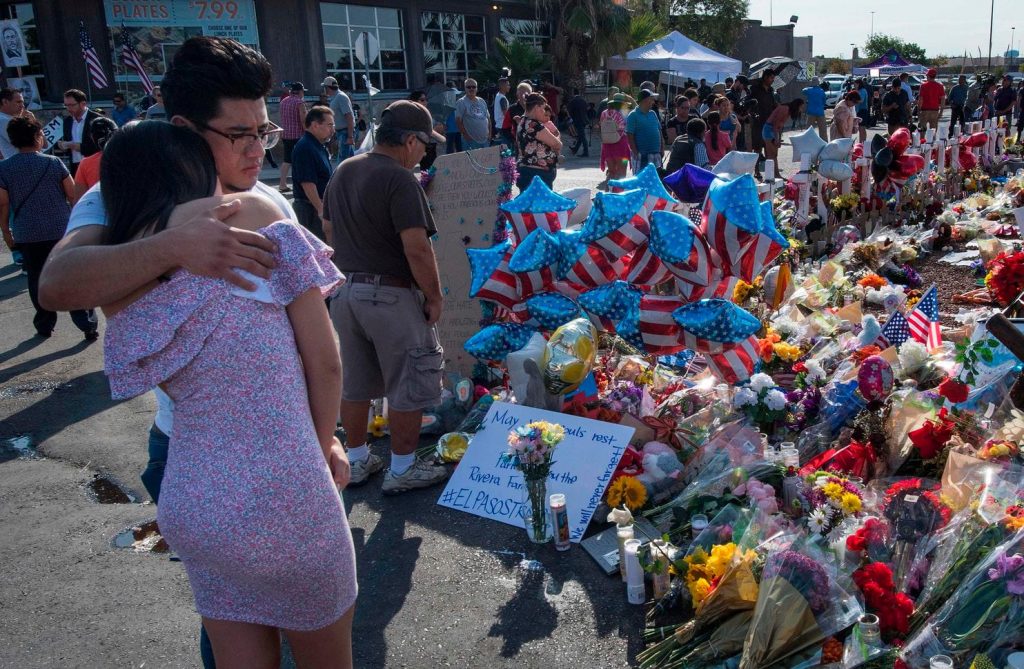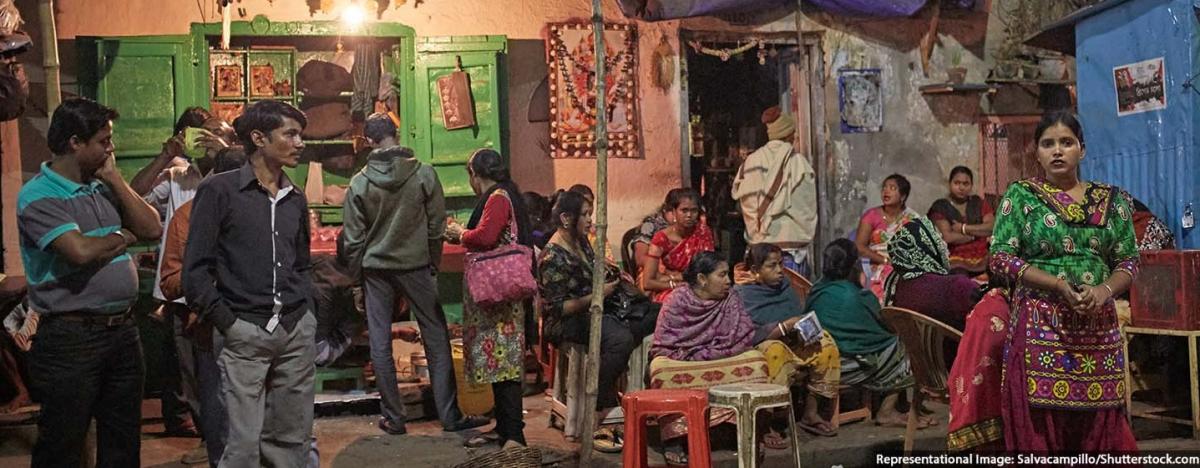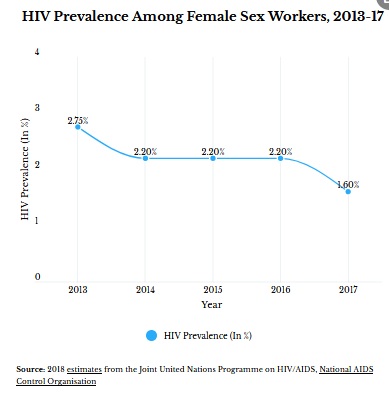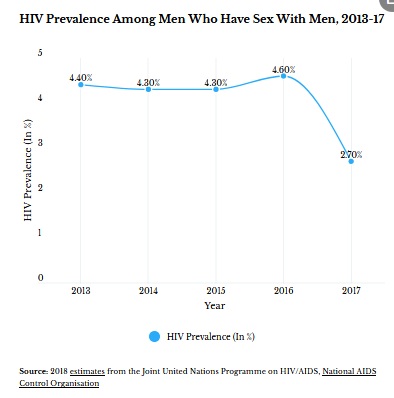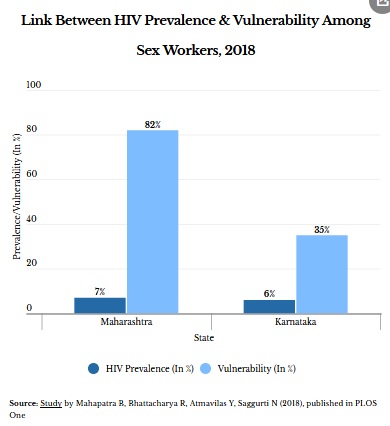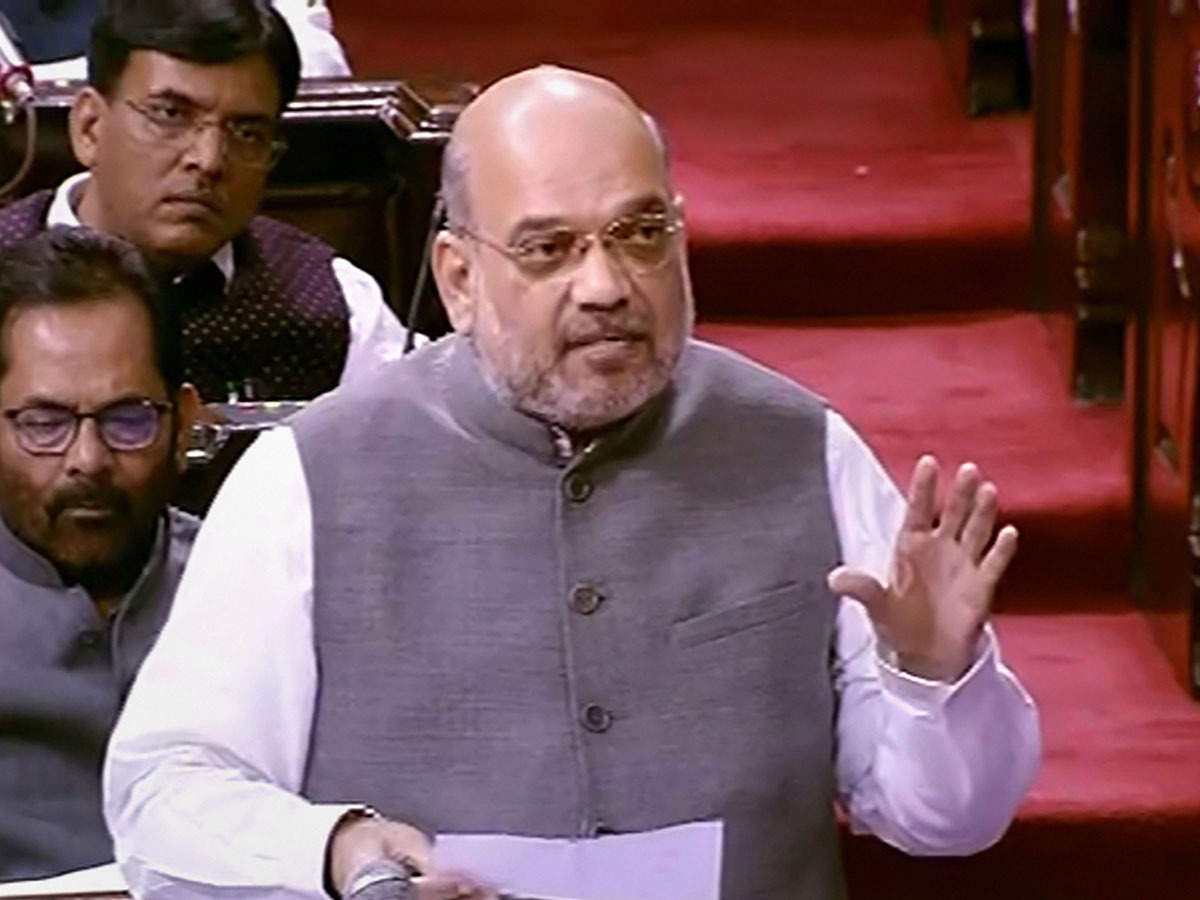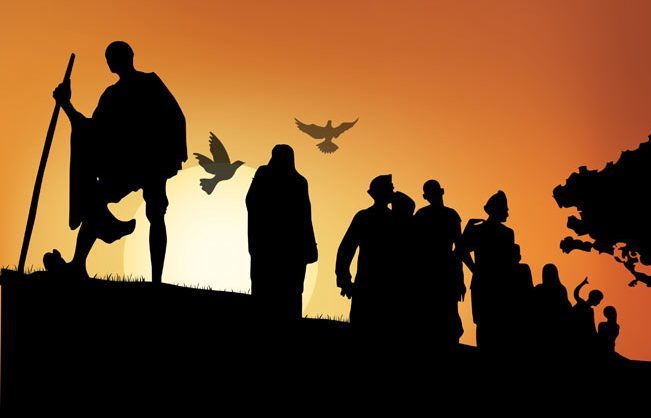Floods have affected lives, livelihoods, appeal to strengthen relief and rescue ops
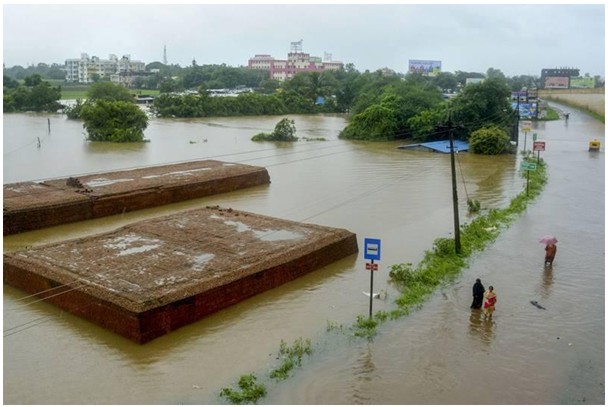
A view of submerged buildings along the Pune-Bangalore National Highway due to overflowing Koyna River, in Karad. (PTI Photo)
In a situation which doesn’t seem to have a recent precedent, Maharashtra is facing massive floods, something that the political mainstream appears to be silent on.
Disturbing visuals of furious rainwater and floods have emerged from various parts of the state. Huge patches of lands have been submerged, women, elderly, children have been stranded at various places. Roadways and trains have been disrupted. So have been other means of transport or rescue operations. The skies are grey and dark and don’t seem to be clearing anytime soon.
Maharashtra has received 104 percent of the average rainfall between June and August this year even as Marathawda and parts of Vidarbha still face rain deficiency.
The Konkan and Western Maharashtra regions have received heavy downpour since July 26 and the flood situation in Kolhapur seems to be critical. It also said that Sangli recorded most rainfall followed by Satara and Pune.
Per a Financial Express report, 2.5 lakh people have been evacuated. As of today, Thursday, the flood situation has worsened in Maharashtra’s Sangli with water entering the district prisons and the authorities shifting prisoners to the upper floor.
Twenty-nine people have already died due to floods in Maharashtra. 11 people have died in Sangli, four in Kolhapur, six in Pune, seven in Satara, one in Solapur.
However official statement by Divisional Commissioner of Pune Division, Deepak Mhaisekar says, “Four people died in Pune, seven in Satara, two in Sangli, two in Kolhapur and one in Solapur.” Hence exact number of casualties remains unknown at this moment.
The statement said that a total of 1,32,360 people from 28,397 families have been evacuated from these districts. More than 500 passengers are stranded in Kolhapur’s Kini village.
The situation has been made more severe because all dams of Pune, Satara, Sangli and Kolhapur are hundred percent full and all riverside villages of Pune district are under high alert.
Because of the rain scare, all school and colleges remained closed in Sangli, Satara and Kolhapur. The rains have been incessant and this has created water logging and flood-like situation in many places.
It has been reported that rescue and relief operations are underway, however it is hard to assess the exact status of these operations at this moment.
Airlifting operations had to be aborted due to “unfavourable” weather conditions. In Sangli itself, twelve people died and three went missing after a 20 capacity boat capsized. Following the tragedy, the officials decided not to hire private boats for rescue operations.
Additionally, on Thursday, two Coast Guard Dorniers landed after several attempts and an AN-32 of the IAF had to undertake five go-arounds before making a successful landing. A Chetak helicopter sent from Ratnagiri could not even cross the ghats. Reportedly, the Dorniers left for Goa after offloading relief equipment from Mumbai. Coast Guard Inspector General Vijay Chafekar said that they will be sent to Kolhapur again with lifejackets on Friday. Defence spokesperson Mehul Karnik said five rescue teams were despatched from Santacruz but they could not fly due to inclement weather in Kolhapur.
Rescue operations have been said to be underway by Army personnel in Raigad district, Sangli and Kolhapur districts. Additionally, four teams of Territorial Army has been said to be deployed in Kolhapur and one in Sangli district.
The Chief Minister Devendra Fadnavis’s response has come on only Thursday (August 8) in which he has said that the Karnataka government had agreed to discharge five lakh cusec water from Almatti dam on the Krishna river. However, the state Congress president Balasaheb Thorat demanded an all-party meeting to discuss the ongoing flood situation. Fadnavis also faced flak from opposition on Tuesday, for carrying on with his maha Janadesh Yatra, in preparation of the Assembly elections. Afterwards, he called for a review meeting on Thursday.
Merely a month back, Maharashtra was reeling under the pressures of a drought situation that was refusing to end. Monsoons were delayed in rural Maharashtra which left the dams with a water capacity of just 6.61%. As many as approximately 6290 tankers were used to supply water to 4920 villages and 10506 hamlets.
And when monsoons finally hit the state, the India Meteorological Department (IMD) predicted that the monsoon would be ‘vigorous for the next four to five days.’
As per the Drought Early Warning System, as of the initial weeks of June, 43.4 percent of India was reeling under drought with Maharashtra and Karnataka being the two worst affected states. As many as an estimated 72 percent of Maharashtra were hit hit by drought. This caused a grave crisis to the livelihood of 8.2 million farmers.
Water availability dropped to single digits in Nagpur, Amravati divisions; Aurangabad division, Nashik division and Pune division, except for the Konkan region. The Marathwada region under the Aurangabad division was the worst affected. Reportedly “tanker mafia” benefited from this crisis. Moreover, there were reports of large scale corruption in drought camps run for the cattle affecting the livestock of the farmers.
Reportedly, the situation until about three weeks back was so bad that the state government was considering option to include artificial rain for temporary relief.
This huge and sudden change in the weather reflects a looming climate change crisis that is irreversible.
As of now, the primary concerns remain to get people to safer grounds with essentials like power, food and water.

